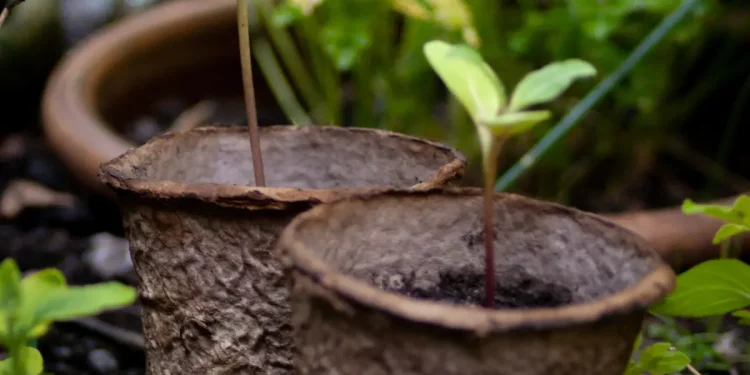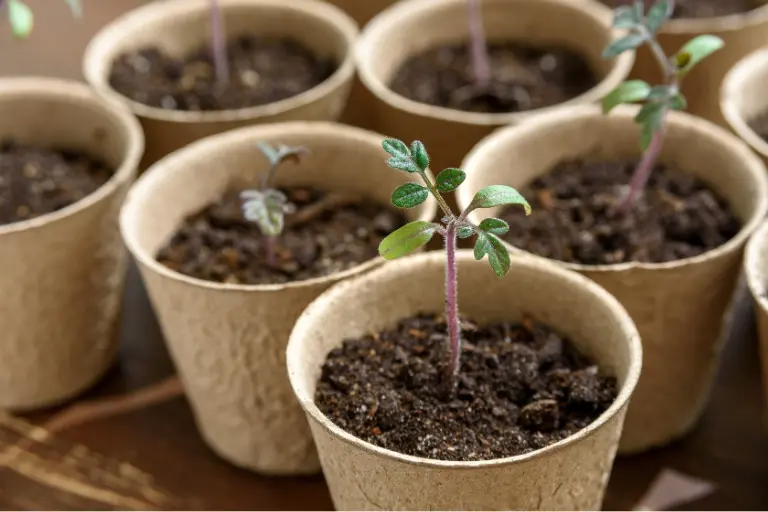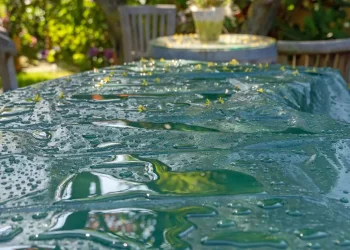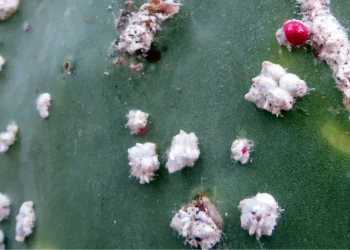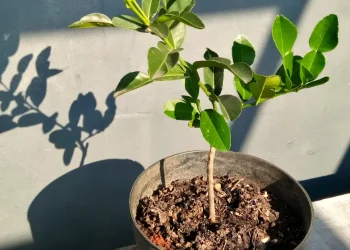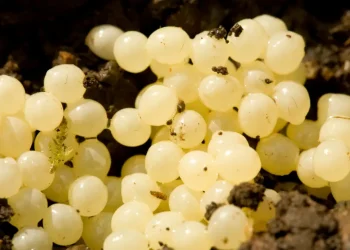I love to always look for more ways to make my gardening more sustainable, and one method to do things is to use biodegradable pots that should fully decompose with time. Using them instead of traditional plastic containers comes with a range of benefits. They are extremely helpful when transplanting young and vulnerable plants, as they reduce transplant shock.
Biodegradable pots are usually made of peat moss, coconut coir, recycled paper, or even dehydrated manure. Depending on the conditions, they will break down completely in a few weeks from transplanting.
In this article, I’ll cover all the things that influence the decomposition time of peat and other types of biodegradable pots, and we’ll also touch on whether there are any negative impacts on your plant’s health that would balance their environmental benefits. Let’s find out!
How Long do Biodegradable Pots Take to Decompose
When it comes to biodegradable pots, their lifespan can vary depending on different factors. And it’s first important to realize that biodegradable pots will also decompose when left unused.
If left unused and stored in a dry and cool place, biodegradable pots can last for several months to a year. However, it’s essential to keep them away from moisture and direct sunlight to maintain their integrity.
Once these pots are planted in the soil, they begin their decomposition process. Biodegradable pots can break down underground within a range of 4 to 16 weeks.
The range is quite wide, as the decomposition time is influenced by lots of variables, with the most important being size of the pot, the material of the pot, and moisture in the surroundings. Some pots are made from materials like coconut coir, peat, or cow manure, which tend to decompose more quickly. On the other hand, pots made from sturdier materials like rice husks or recycled paper may take a bit longer to break down fully.
Biodegradable pots made from some of the sturdier materials shouldn't really be used undeground. As they last for an extended period of time, they can restrict plant's growth.
The type of the plant and its root system can also highly affect how long will the biodegradable pot last. Plants with aggressive and expansive root systems may accelerate the decomposition process as they establish themselves in the soil.
What are Biodegradable Pots Made of?
Biodegradable pots, also known as compostable or plantable pots, can be made out of a variety of materials which all have one thing in common. As the name suggests, they decompose over time. It may be harder to visualize the difference between a biodegradable pot and a plastic pot now, so let’s take it to numbers.
Indeed, even plastic pots break down and decompose all the way. But this takes around 500 years. If you make the simple switch and reduce your plastic use by using biodegradable pots, you can save up to 498.57 years from the decomposition time.
Biodegradable pots are usually made out of one of these materials or their combination:
- Peat
- Manure
- Rice Husks
- Recycled Paper
- Bamboo
- Wheat Straw
- Coconut Coir
- Wood Fiber
Each type comes with different characteristics and with it different advantages and disadvantages. Mainly not all types of pots are suitable for all plants, and some shouldn’t be used underground at all.
What are the Benefits and Drawbacks of Biodegradable Pots?
Biodegradable pots offer several advantages that make them a popular choice for environmentally conscious gardeners. One of the primary benefits is their eco-friendliness.
Unlike traditional plastic pots that are created in a process that includes harsh chemicals and can take hundreds of years to decompose, biodegradable pots break down naturally over time by microorganisms in the soil., without leaving any harmful residue behind. They also enrich the soil with organic matter.
Another significant advantage is the convenience they offer during transplanting. Small plants are usually very weak and fragile, and transplanting them can cause a shock, hindering their growth. But biodegradable pots can be planted directly into the soil, eliminating the need to disturb the root system and reducing transplant shock.
However, biodegradable pots also have their drawbacks. One potential issue is their durability. Picture this; new gardening season just started, and you bought dozens of these natural pots. Butt a miscount leaves you with a bunch of unused biodegradable pots. However, they will soon become useless, as they naturally decompose even when left outside, exposed to moisture or sunlight.
The second thing to consider is the pricing. Although they are often cheaper to produce than traditional plastic pots, they are not so sought after yet, which can make them slightly more expensive, especially when you need bigger sizes.
And lastly, based on the material used, they can attract mold or suck overly much moisture from the environment, leaving too little for the plant.
Advantages of Biodegradable Pots
- Eco-friendly
- Great for Transplanting
- Reduce Plastic Waste
Disadvantages of Biodegradable Pots
- Durability, even outside soil
- Higher Cost
- Inconsistent Decomposition and Moisture Retention
Frequently Asked Questions about Biodegradable Pots
Yes, biodegradable pots can be planted directly into the soil, providing a convenient way to transplant your plants. They will eventually fully decompose while enriching the soil around them.
Yes, peat pots do require drainage holes to ensure proper water drainage and prevent waterlogged soil. They often come without drainage holes, but as peat pots are quite soft, you can easily make a few holes at the bottom of the pot with a pair of scissors.
Whether or not roots can grow through biodegradable pots depends on the material. For instance, peat pots are porous, and roots won’t have much trouble growing through. Pots made of sturdier materials like rice husks or bamboo shouldn’t be planted in the soil in the first place, and if you plant them, your plant may have an issue breaking through.
Biodegradable pots can last for several months to a year when stored in a dry and cool environment. Once planted, they usually decompose within four to sixteen months, depending on various factors like material and environmental conditions.
Conclusion
Biodegradable pots offer an eco-friendly and sustainable alternative to traditional plastic pots, promoting healthier root growth and reducing plastic waste. These can be made from various materials, but the most popular ones are made from peat moss.
While they also carry some drawbacks concerning durability and inconsistent decomposition, and moisture retention, their benefits outweigh these concerns.
Even if you are not a much environmentally oriented gardener, I would recommend considering them at least for transplanting weaker plants. For this, they are a real lifesaver.

